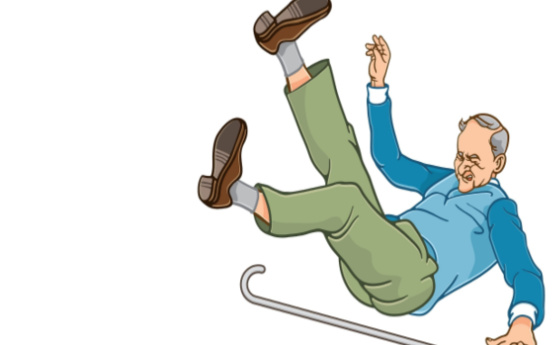- Emergency Ambulance Services
- 8606811111
- 0471-4077777, 0471-7177888
- gro@sutpattom.com
Hip fractures in Old age
Dr. Unnikuttan D, Consultant Orthopaedic Surgeon, SUT Hospital, Pattom
A fracture of the thigh near the hip is a very common injury in old age. The risk of falling increases and the ability to balance the fall with hands decreases in old age. So the waist or hips are more likely to hit on the floor. Osteoporosis can occur in old age, especially in women, so even small falls can lead to hip fractures. These types of falls may also affect vertebrae in the spine.
Symptoms
After a fall, if there is severe pain in the hips and inability to put weight on the legs, may be due to fracture. Pain in the lower back, inability to turn sideways and sit upright is also symptoms of hip fracture. The length of the leg is slightly shorter and the foot is turned outwards. There may be swelling and discoloration in the hips.
Primary care
Do not lift or allow sitting a patient who suspects a fracture of the pelvis. If so, the nerves and blood vessels near the fracture may be injured. He should be stretched out on a stretcher and taken to the hospital by ambulance. Hanging weights on the legs with the help of a doctor or nurse can help reduce the pain.
Diagnosis
If a preliminary examination is suspected, an X-ray is taken to confirm the presence of a fracture. CT scans and MRIs are done rarely.
Treatment
The fracture occurs at the upper part of the thigh where it joins the hip. The patient cannot stand or sit after hip fracture. A patient who stays in bed for a long time is more likely to develop many other ailments. With this in mind, the goal is to do surgery as soon as possible to get rid of pain and to back in normal life. This is because those who are bedridden may develop back ulcer, lung infection, blood clots in the blood vessels in the legs which lead to strokes and heart attacks.
Surgery varies depending on whether the fracture is inside or outside the capsule. Fractures within the capsule may reduce blood flow to the bone. Therefore, the lumbar joint should be surgically replaced. The joint is completely or partially replaced, depending on how much wear and tear the patient has before the fracture.
Treatment for fractures outside the capsule is ligament surgery. For this purpose, suitable fitting is made from different types of wire, screw, plate etc. according to the type of fracture. Patient should be allowed to walk using walker after the surgery.
Prevention
‘Better a poor horse than no horse at all’. Exercising regularly helps maintain muscle strength and balance. This helps to prevent the hips from fracture. Resolving vision loss by performing eye examinations in the elderly can reduce falls. Avoid slippery floor and slopes in the room, bathroom and verandas used by the elderly. Using rails and walking sticks as a support while walking should be in consideration. Early detection and treatment of osteoporosis also reduces the risk of fractures.









